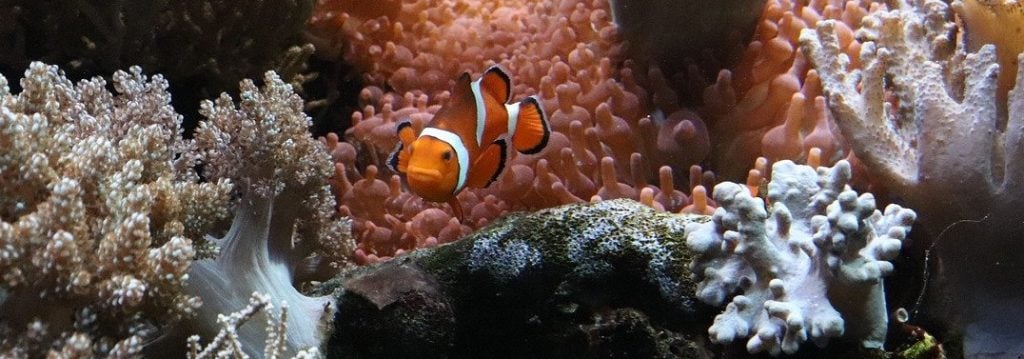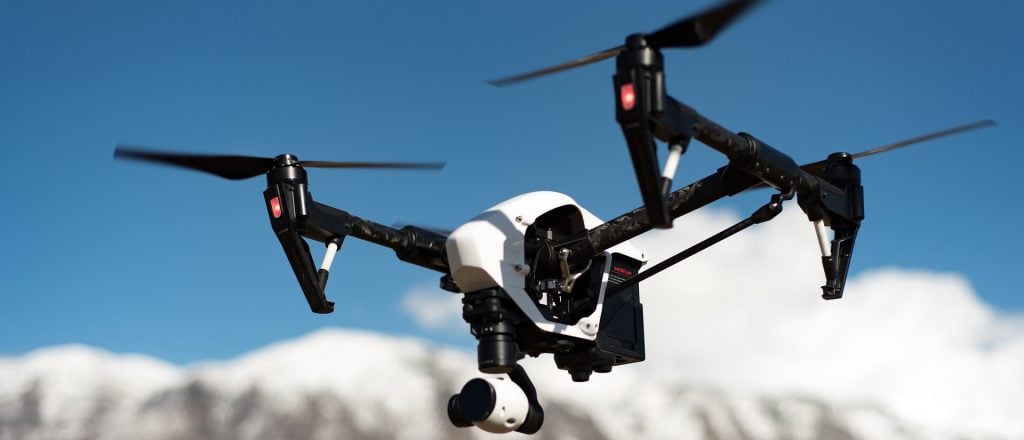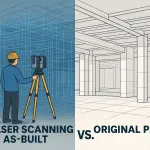The Fight to Avoid a Die-Off
Right now, our coral reefs are facing massive stressors that result in the coral dying. They are being overfished, contaminated with pollution, the temperatures of the waters are rising, causing the coral to bleach and die off, and lastly, coral mining has all affected the coral reefs. These reefs are essential to our society whether or not we think about them. Using 3D laser scanning services may help us protect them and naturally replicate them.
Coral reefs protect our coastline cities by protecting coastlines from storms and erosion; it is a good food source and can be used for medicine. The coral in the water provides homes to many fish that help the ecosystem thrive and provide food for other fish. Humans have jobs that evolve around coral reefs, and many humans rely on having a coral reef nearby. 3D scanning services can help protect these intricate structures we need to live.
Without 3D laser scanning, there would be no way to study the coral reef. Each reef is made up of thousands of polyps that create intricate designs. You may not know this, but it is not a rock but a living organism that continues to grow. These tiny coral creatures attach to the bones of other tiny coral creatures that secrete a hard layer outer shell made from limestone. It’s what gives coral that unique look people love. Unfortunately, it can be tough to recreate this natural process by hand. It’s almost impossible.
How 3D laser scanning services helps recreate coral
3D laser scanning services are connected to cameras that take high-speed but precise photos. They measure every little detail in an object and record it with precision. It is a more accurate tool than a human hand or human eyes could ever be.
When this information is captured, it can be edited in a partnering system. From that system, it can go directly to a 3D printer that can print an exact copy and use natural materials that replicate a coral reef. 3D laser scanning services and printers may help reduce the damage of global warming and help recreate natural structures that we’ve slowly been killing.
Before this technology, humans would farm coral in big metal blocks. Unfortunately, this takes a long time to see any results, and it may not last. Finding faster and sustainable ways to grow coral and help the ocean ecosystem has been a work in progress. However, a 3D laser scan is one of the best tools researchers have found. Pairing it with 3D printing has opened up incredible opportunities.







